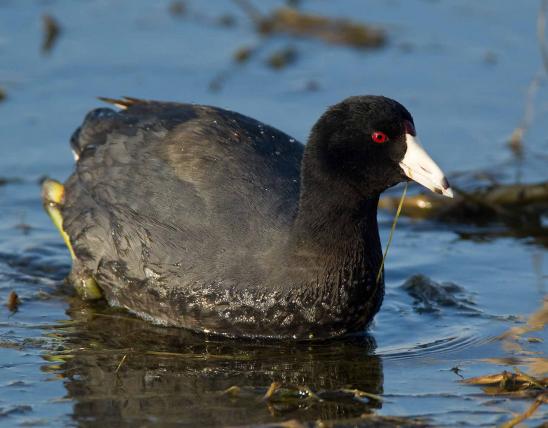
The sora is a marsh-dwelling bird with short, rounded wings and a short tail. A short-billed rail, the adult sora has a yellow bill and black face. The cheeks and breast are gray with a black- and white-barred belly. The back is dark brown mixed with reddish tan and streaked with white. Immatures are browner and lack the black face and breast. A variety of calls are made, including ker-wee or sor-ee, wheep, and quink-quink-quink. The song a loud, descending, nasal whinny. Like other rails, it is easily heard in marsh habitat but difficult to see.
Similar species: The Virginia rail has a longer, thinner bill that is red, not yellow, and its face is gray, not black. The king rail is much larger than both.
Length: 9 inches (tip of bill to tip of tail).
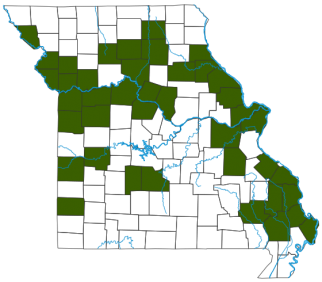
Statewide. Missouri is located at the southern periphery of the sora’s breeding range.
Habitat and Conservation
Sora live in marshes, swamps, wet pastures, and flooded fields. Preferred habitats have dense emergent vegetation (up to about 40 inches tall) and shallow water. Their strong legs and long toes help them walk on floating vegetation and mud. Their bodies are compressed side-to-side, allowing them to slip easily among marsh vegetation such as the cattails, sedges, and grasses commonly found in rail habitat.
Food
Forages in marshes and other wet habitats for seed, snails, and aquatic invertebrates.
Status
Common migrant. Very rare and local summer resident. A species of conservation concern in Missouri.
Globally, populations appear to be secure. Although not many do so, it is legal to hunt sora in Missouri. Make sure you follow regulations outlined in the Wildlife Code of Missouri. Most who hunt sora do so mainly for sport — although this bird’s fluttering flight makes it an easy mark.
Life Cycle
The breeding range of sora includes much of North America, north of a line extending roughly through Arizona, Missouri, and Pennsylvania. Their winter territory includes the Atlantic Coast south of Virginia, Florida, the Gulf Coast, parts of the Southwest, and Mexico. Sora breed in marshes, building hollowed platform nests out of dried grasses in thick clusters of vegetation, a little above the water level. About a dozen eggs are laid. The young are able to leave the nest soon after hatching.
Human Connections
The word “rail,” as the name of a type of bird, shares its root meaning with “rail,” as a straight bar or part of a fence. Some people believe the phrase “thin as a rail” originally referred to these narrow birds, and not to fence rails.
Ecosystem Connections
These omnivores help check populations of the insects and other invertebrates they eat, as well as of the plants they consume. Many animals prey on soras. The eggs and young are especially vulnerable to snakes, raccoons, and many other animals.

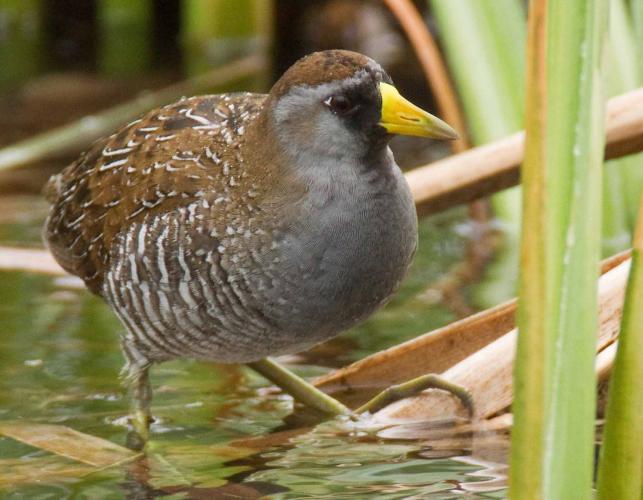


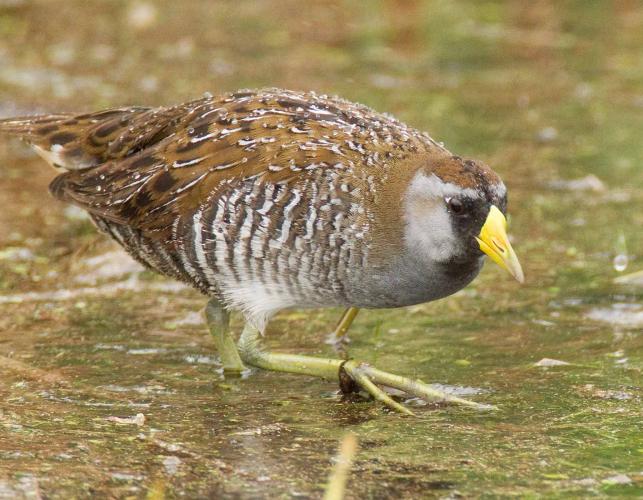
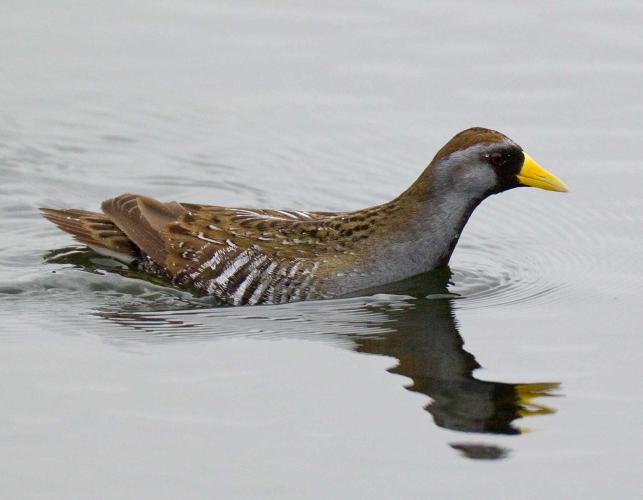



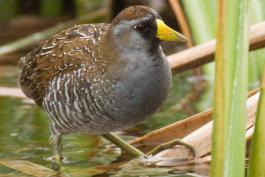



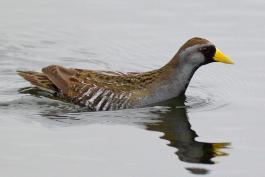


Where to See Species
About 350 species of birds are likely to be seen in Missouri, though nearly 400 have been recorded within our borders. Most people know a bird when they see one — it has feathers, wings, and a bill. Birds are warm-blooded, and most species can fly. Many migrate hundreds or thousands of miles. Birds lay hard-shelled eggs (often in a nest), and the parents care for the young. Many communicate with songs and calls.























